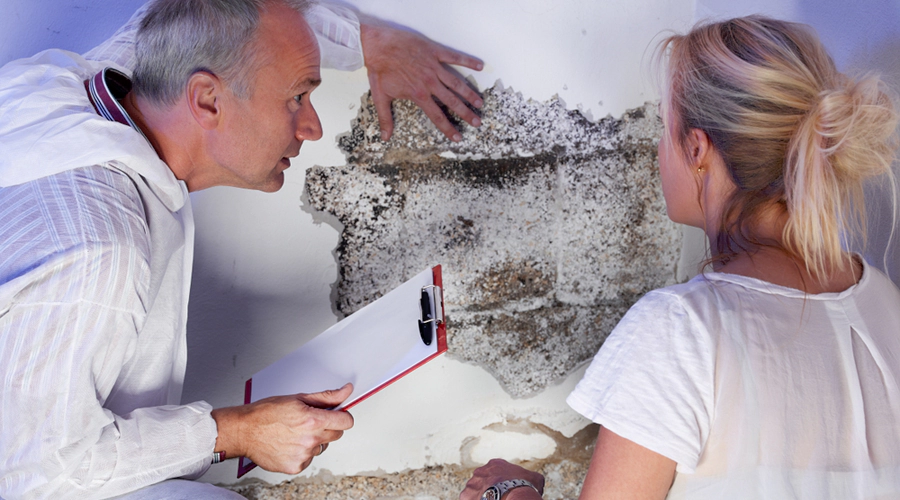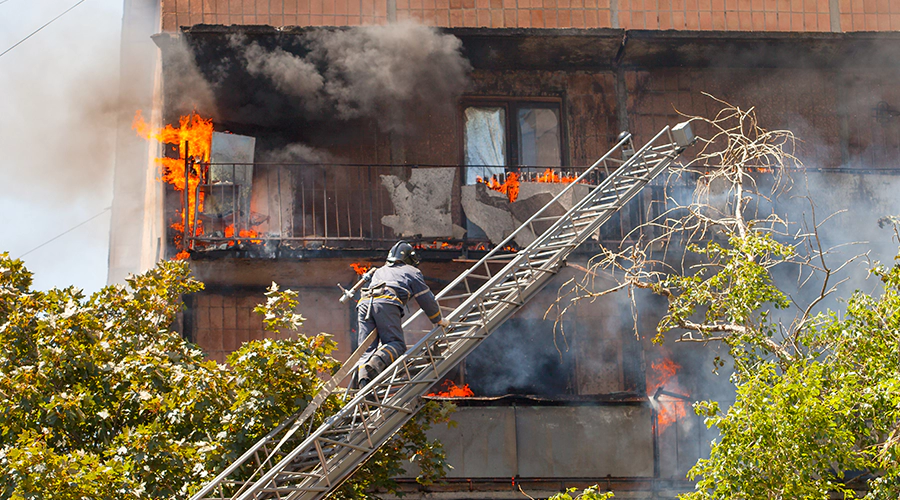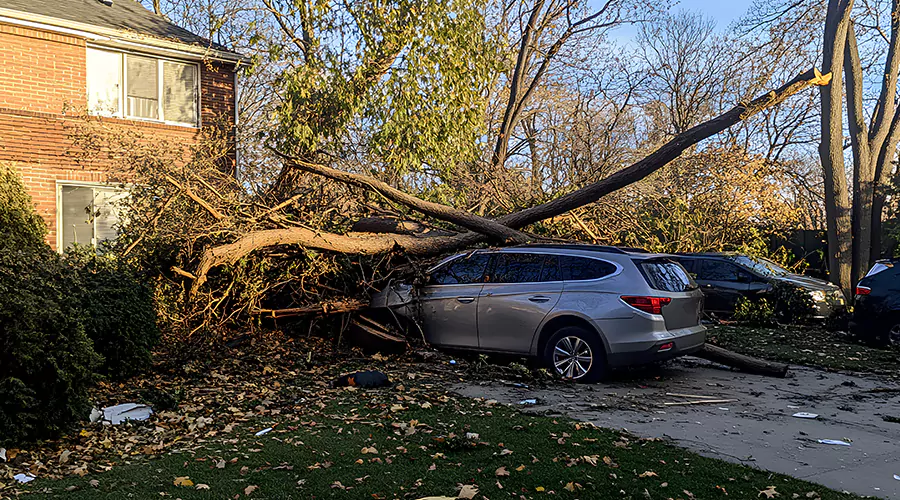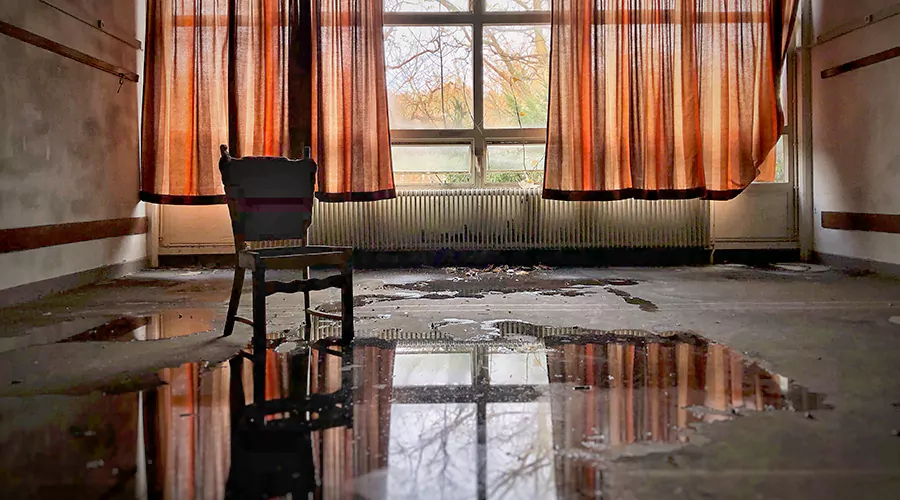Mould development pertains to the formation and growth of fungi or mould in any indoor or outdoor environment. Mold is generally found in regions that contain moisture or are damp, and different factors may cause its growth, such as water infiltration, inadequate ventilation and high humidity. When mould spores reach these areas, they can germinate and produce visible colonies. They can cause the deterioration of property and affect the health of people living inside by leading to allergies, flu and other sicknesses. Mould must be detected and fixed as soon as possible to avoid additional harm and, to some extent, health danger.
Clean and Dry Water-Damaged Areas
Sources of water and humidity usually contribute to the formation of mould on the surfaces of your property. Therefore,e everything that is water-damaged should be cleaned and dried immediately. It is wise to take action and attempt to remove the water and make the area as dry as possible to stem mould growth. The initial process of repairing flood and water damage is to get rid of water by vacuuming and wiping up with appropriate tools and equipment. Mold Remediation should be done by washing the area affected with water and detergent or any cleaning solution approved for use in Mold Remediation. When cleaning water-damaged regions, wearing personal protective garments like gloves, goggles, and a respirator is advisable to prevent exposure to mould spores and other materials that may be equally hazardous. Lastly, the affected area should be personnel-dried through fans, dehumidifiers, or any other dryer equipment available. This step is essential to avoid mould formation since mould often starts growing within 24-48 hours after exposure to moisture. When areas exposed to water are washed and dried on time, you can avoid mould growth and structure loss on your property.
Use Mold-Resistant Materials
The following measures to avoid mould development on the structure can be employed: mould-resistant products. These materials repel water and will not harbour moisture, making them suitable breeding grounds for mould. Some of the mold-resistant products that are currently available include mold-resistant drywall, paint, and insulation. These are products meant to stop mould formation on surfaces prone to moisture formation, such as the bathroom, the kitchen or the basement. Mould-resistant drywall is produced with a central gypsum layer sandwiched between two fibreglass sheets, making it more moisture-resistant than standard drywall. This drywall is especially suitable for areas that might experience dampness; therefore, it is used in the washroom and laundry sections. Mould-resistant paint is usually manufactured with chemicals that discourage mould and mildew development. High humidity is mainly associated with washing areas, such as the bathroom and kitchen, and they all benefit from this type of paint. Mould-resistant insulation utilizes types of material that do not allow moisture accumulation and mould formation. This insulation well serves the basement and any other building section that experiences humidity.
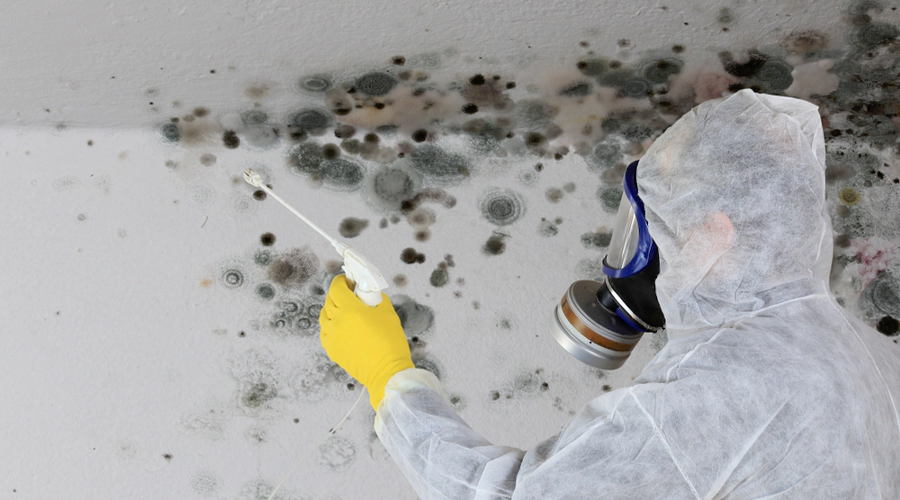
Control Moisture
The best way to avoid mould is to manage moisture effectively since most moulds grow where there is water or moisture. Mould grows in areas with excessive humidity or moisture; moisture control is an efficient way of combating mould. Some ways to control moisture in your property include:
- Fix water leaks promptly: Any water leaks, whether from a roof, plumbing system, or other sources, should be repaired as soon as possible to prevent water damage and mould growth.
- Proper ventilation: High-humidity areas like bathrooms and kitchens can help prevent moisture buildup. Exhaust fans and open windows can help draw moisture outside, reducing the risk of mould growth.
- Use a dehumidifier: A dehumidifier can help reduce humidity levels in your property, particularly in areas prone to moisture buildup.
Mold growth can compromise occupant health in any given building, hence the need to control moisture in your property.
Maintain Indoor Humidity Levels
Indoor humidity control is one of the ways you can prevent mould formation on your property. That leads to condensation,n and in a short while, mould development will occur when there are other conducive factors, such as humidity. Controlling indoor humidity is also equally helpful in ensuring no mould formation in your building. Moulds can grow well in dwellings with high humidity levels since they are fond of places containing moisture. HVAC can assist in lowering indoor humidity when the air is cooled and the moisture is removed. Check that your air conditioning system is maintained to ensure it can work as expected. Humidity control indoors will assist in eliminating mould growth on the premises and improve the health of the occupants of the house or workplace. Mould is known to be responsible for several ailments such as allergies, respiratory disorders, and other diseases, hence the need to take precautions to reduce the development of moulds by controlling humidity on the property.
Professional Mold Remediation
Mould remediation as a professional service involves inspecting your premises for mould growth and removal of the substances. Professional cleaning might be required if you have a significant infestation or the spores have penetrated interior spaces that cannot be easily accessed. Mould remediation is a highly specialized process and must begin with an inspection to gauge the severity of the problem. It entails assessing the region, collecting samples, and determining the type of mould spores. After realizing the seriousness of the mould issue, the specialists will devise a worked-out solution. The next step in this process is eradicating mould in the invaded area. That could be removing a contaminated surface or washing the surfaces with a disinfectant to eliminate mould. Occasionally, special cleaning procedures may be required, for instance, in cases where the mould has penetrated wooden work or any surface that is challenging to access. After the mould has been cleared, the professionals will perform a final inspection to ascertain that all the mould has been removed and that the area is safe for habitation. Mould removal requires professional help to avoid further exposure to mould in your home or any building. It is hazardous when attempting to clean the mould on your own because it may spread all over the house through the moulds. Employing the services of well-trained personnel will guarantee that the mould has been effectively removed and that the area is treated and cleaned with the right products.


